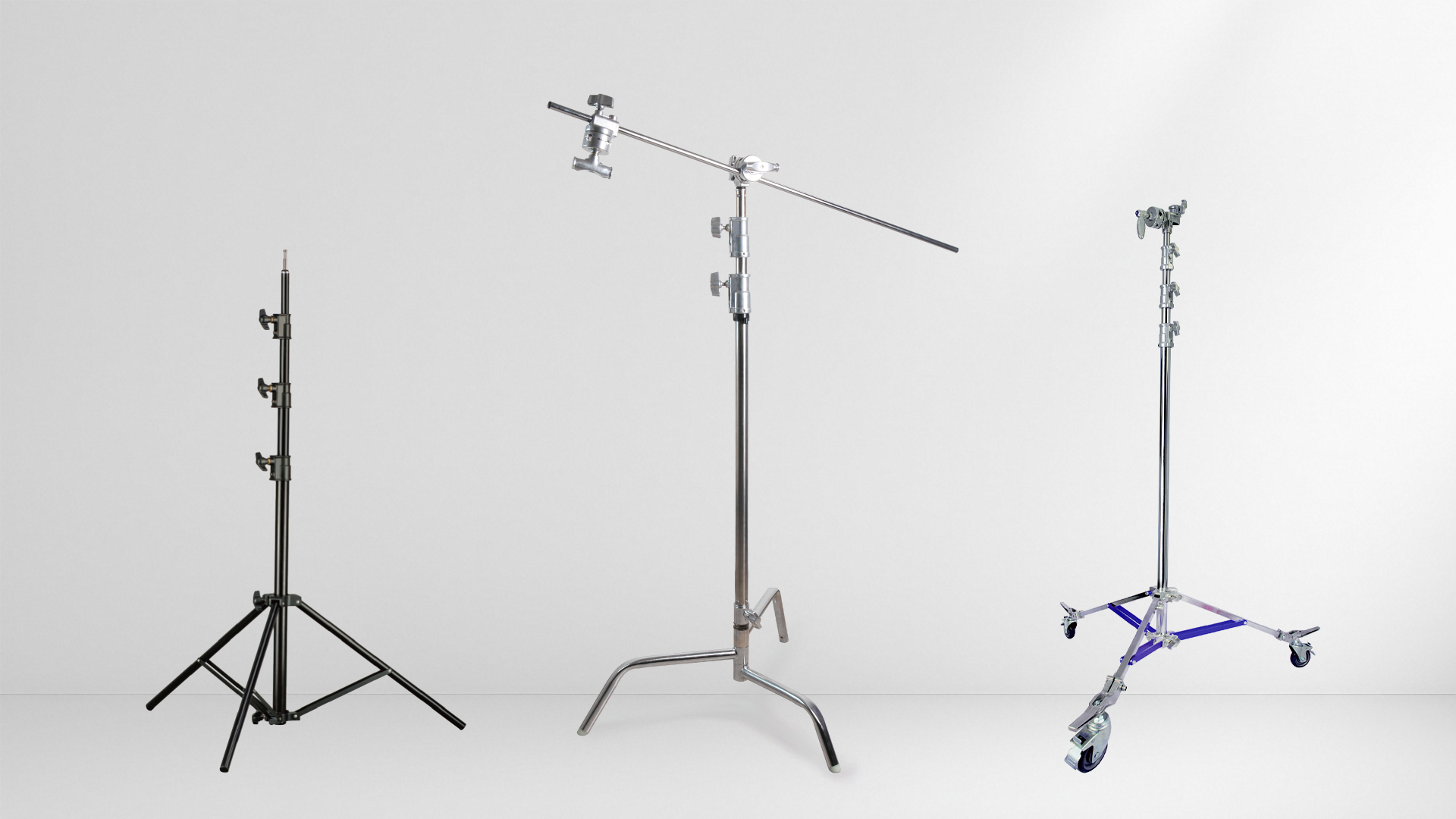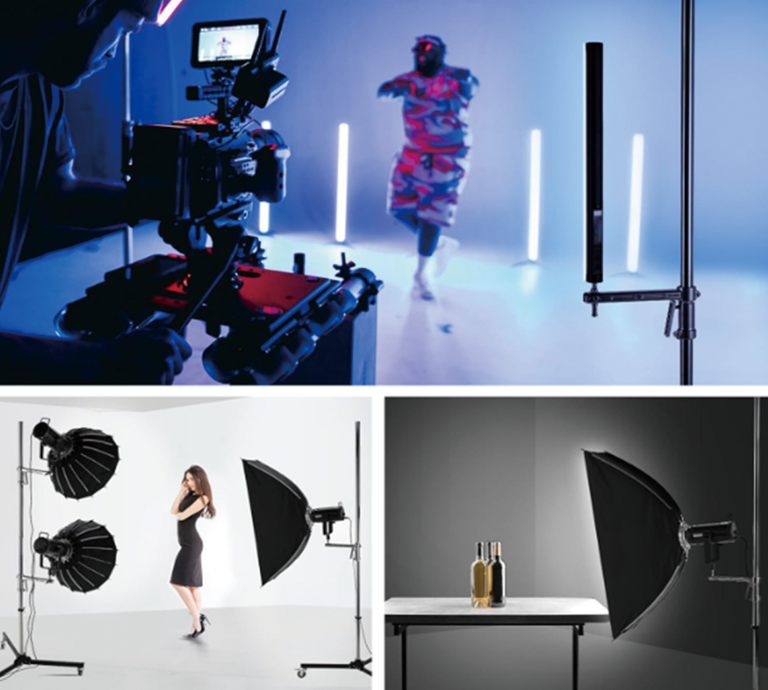Email cannot be empty
Password cannot be empty
Email format error
Email cannot be empty
Email already exists
6-20 characters(letters plus numbers only)
The password is inconsistent
Email format error
Email cannot be empty
Email does not exist
6-20 characters(letters plus numbers only)
The password is inconsistent


When it comes to outdoor photography, capturing stunning, well-lit images isn’t just about the camera or lens—it’s also about how you control your lighting. Natural light is beautiful, but unpredictable. That’s where a high-quality light stand becomes essential. Whether you're shooting portraits at golden hour, setting up a remote lighting rig for wedding photos, or handling a product shoot in the field, the best light stand for outdoor photography can be the difference between a good shot and a great one.
This guide explores what makes a light stand truly suitable for outdoor use, what to look for before buying, and top recommendations for different needs and budgets.
Not all light stands are built for the challenges of shooting outdoors. Wind, uneven terrain, moisture, and changing light conditions make outdoor setups unpredictable. A standard studio stand often lacks the stability, portability, and durability required for open environments.
Weight Support & Stability: Outdoor modifiers like softboxes and umbrellas can catch the wind easily. A sturdy base and higher weight capacity help prevent tipping.
Portability: You’ll need a stand that’s lightweight and foldable for easy transport without compromising strength.
Build Material: Aluminum is common, but carbon fiber is lighter and more weather-resistant—ideal for location work.
Height Range: For versatility, choose stands that offer a wide adjustable height (ideally up to 8–10 feet).
Leg Locks & Footing: Strong, twist-lock legs and spiked feet or sandbag-ready supports are essential on grass, sand, or gravel.
Even the best light stand for outdoor photography can fail if not properly stabilized. Here are quick tips to make sure your lighting stays secure:
Use Sandbags: Weighted bags on each leg offer instant stability against wind.
Anchor with Tent Pegs: Many outdoor photographers use small metal stakes to hold down their stands via eyelets or ropes.
Go Low in Windy Conditions: Extend the top section first and only raise it fully if wind conditions are minimal.
Balance the Load: Don’t put heavy modifiers on thin stands. Use light modifiers or shoot-through umbrellas when possible.
To maximize the performance of your light stand, consider adding:
Boom Arms: For more flexible light angles without repositioning the whole stand.
Extension Grips: To mount multiple accessories or flashes.
Reflector Holders: Many attach directly to light stands for a portable bounce setup.
Spiked Feet Adapters: For rough or uneven ground like sand, dirt, or gravel.

When choosing the best light stand for outdoor photography, it's important to consider your shooting style, gear, and frequency of use. The FOTOBESTWAY light stand is a great choice for those seeking a balance between durability and affordability.
Investing in quality outdoor gear is crucial; it's better to buy once than risk gear damage or time lost due to an unstable setup. A quality light stand might seem like a minor purchase compared to cameras and lenses, but it plays a major role in lighting control, image sharpness, and overall shooting efficiency.